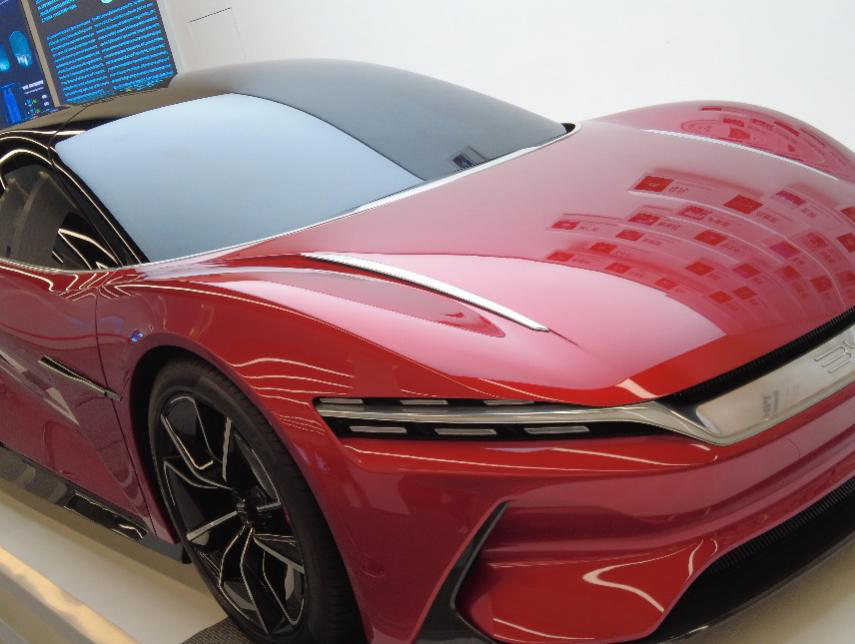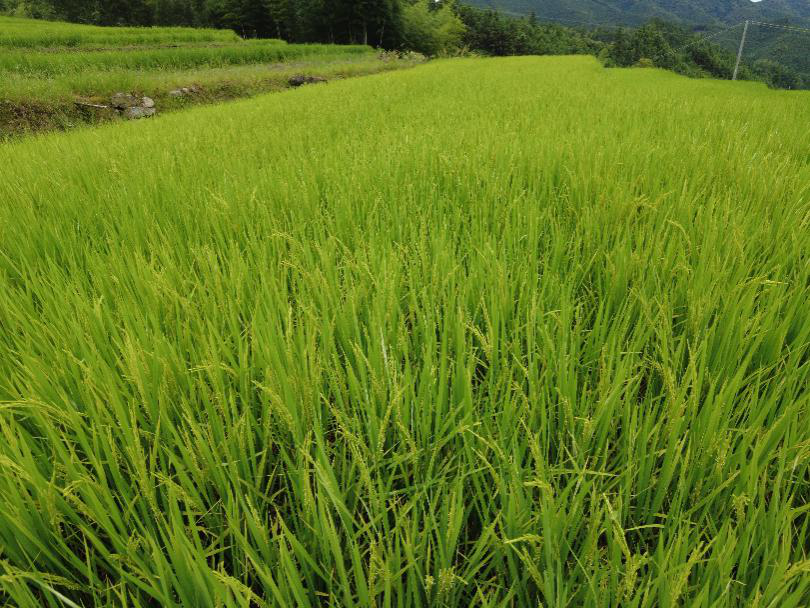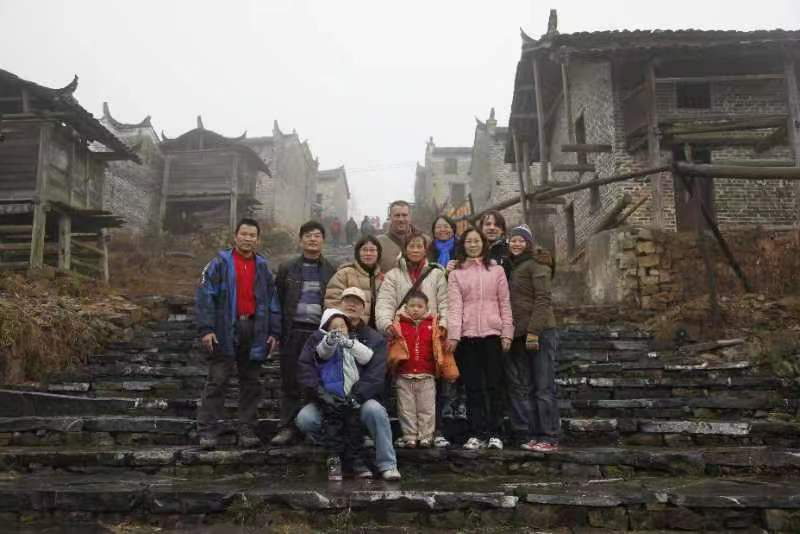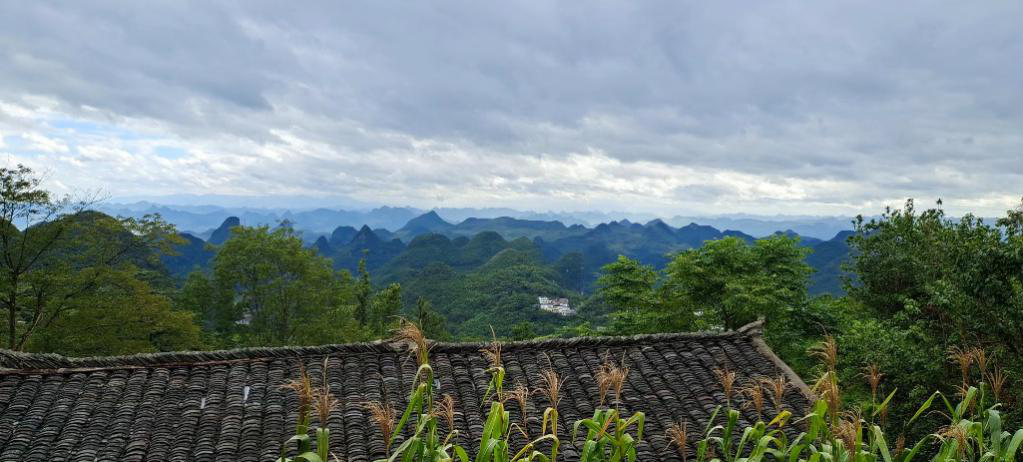I was both surprised and honoured when I was recently asked to participate in a Greater Bay Area Bridges Discovery Tour, a “social media influencers” trip to four different Guangdong cities which include three cities of the Guangdong-Hong Kong-Macao Greater Bay Area, Guangzhou, Shenzhen, Zhuhai, as well as Qingyuan, a city in the north of Guangdong.
I was interested when they told me we would be looking at some high-tech companies and I was positively excited when they described the Poverty Alleviation and Rural Revitalisation locations we would visit. Joining 15 other “influencers” on this trip I found myself surrounded by people who had huge audiences, great equipment and fantastic social media skills, it was a learning curve for me and a steep one at that.
Great strides in technology and integration of SARs
What I saw when our group visited the headquarters of Shenzhen’s BYD made me sit up and take notice. This is a company that started as a maker of batteries in 1995, they still make batteries but have innovated so much they’ve actually morphed into, among other things, the largest Electric Vehicle manufacturer in the world. And boy, do they make nice cars.

In the same city we visited the birthplace of the affordable 360-degree camera, Insta360, and here was a place I really was interested in seeing because I’ve got one of their products, the problem is, I don’t know how to use it properly and have a lot of trouble attaching it to my bike. They answered a lot of my questions, gave me some solutions and impressed me enormously with their products, one of which has gone to Mars and, in a highly unlikely, but true story, won NASA an Emmy for their live streaming program – who would have known that a 7-year-old Chinese start-up company could send a product to Mars and help NASA win an Emmy? Certainly not me!
I’ve always been fascinated by the way the Chinese mainland and HK interact with each other and how the 1997 Handover would play out. Most of us, especially when we read Western media, hold the view that the mainland isn’t good for the Special Administrative Regions (SARs), the truth is very much different.
In Shenzhen, Qianhai has been set up as a Deep Cooperation Zone and, although it’s on the mainland, it’s attracting thousands of people from HK. Especially people with great ideas and great education. China is investing hugely in these people and encouraging them to live, work and study, bring their families and make a life here. The regulations are hybrid, they aren’t fully mainland’s and they aren’t fully Hong Kong’s, they’re a true assimilation of the best of both. Professionals in law, medicine, accountancy are being certified to operate in both regions. Guangzhou’s Nansha and Zhuhai’s Hengqin have the same kinds of interoperable regulations and we visited them all.
Young, upcoming professionals from the SARs are creating wealth, a better economy and making great strides in both health and education to the benefit of Hong Kong, Macao and very much the Greater Bay Area.
How technology helps Poverty Alleviation and Rural Revitalisation?
Getting out of the big cities is always great. But one thing people assume about Guangdong is that it’s a place of factories and pollution, with millions of migrant workers. While parts of this are true, it certainly isn’t the whole truth, even in cities like Guangzhou, it’s still easy to find small farms and rural villages as well as a huge natural wetland parks with more than 100,000 migratory birds, including some very rare species, making their home there in the appropriate season.
When you get as far north as Qingyuan, it’s more likely that you’ll be travelling through mountains, rice fields and seeing rural villages yet, such is the infrastructure of the region, you’re still only an hour or so from the centre of Guangzhou or 90 minutes from Shenzhen. High Speed Rail and wide freeways connect everything in the Greater Bay Area to everything else within a couple of hours.
What’s really great though is that even rural industries, we visited a fish farm and a rice plantation, are getting the benefit of China’s high tech. Fish farms are organic and the one we saw, sells frozen pre-prepared fish, something China is only recently adopting, unlike the West where pre-prepared microwave meals are the norm for many people, here in China people want their food to be as fresh as possible but realise wet markets aren’t as accessible in the cities or ex-pat Chinese find the fish they love isn’t available in their adopted homes, they buy direct from the farm online. Each product has a QR code and the user can scan the code, find the origin of their fish, all the information about when it was born, how it was fed and where it was caught, packaged and sold, they can even link to a video to watch as their batch of fish were prepared for fast freezing and delivery.
Land-management is important, the rice fields utilise original methods of fertilization by allowing the fields to be fish farms as well as rice fields, the fish do their job of both eating water-borne bugs and fertilizing the ground under them. Insects are dealt with by adding ducks or turkeys to the fields as the rice starts to mature, they also help with fertilization and manage to eat almost all the pests that could damage the rice. Around the fields solar powered cameras and other measuring equipment manage water flow and environmental conditions, reporting back to a central control point if anything needs adjusting and the processing and packaging of the rice is also fully automated ensuring fresh, good quality and delicious local rice, along with a crop of fish and another of dug. In other words, the high-tech that I was so averse to is now part and parcel of everyday life, even for a rice farmer in Guangdong.

Poverty Alleviation is a topic that’s very near and dear to me. Qingyuan is home to a 1000-year-old Yao Minority village and, I’m aware there have been incredible changes in China and have been lucky enough to witness them first hand but a trip to this village really piqued my interest. Much more so as we were arriving. We climbed up the mountain on a relatively new road and I realised the place was familiar. I’d visited over 10 years before, when we’d slithered up a mud road into a land that it seemed time had forgotten. But here we were cruising up a mountain road at 60kph before entering a car park and a shopping centre for tourists to buy locally hand made products. A never-ending stone staircase led us up through a village with coffee shops, restaurants and even bed and breakfast hotels where before we’d seen nothing but poverty surrounded by nature’s beauty.


Guangdong constantly surprises, it’s one of the world’s biggest industrial hubs but at the same time, it’s a region steeped in history and nature and where that nature meets high-tech to complement organic farming methods, a place where ethnic minorities are encouraged to use their culture and difference to promote their diversity and a place where, if you’re lucky enough, you can see all this and more in a few days and, thanks to the Nanfang Media Group, Nanfang News Network, GDToday and their supporters, I got to be that lucky.
Jerry Grey is a British media commentator who has residency in China’s Guangdong province and bicycled across several provinces, including the Xinjiang Uygur Autonomous Region. He is now on Twitter @Jerry_grey2002 with more than 70 thousand followers. The article reflects the author's opinions, and not necessarily the views of GDToday.
















